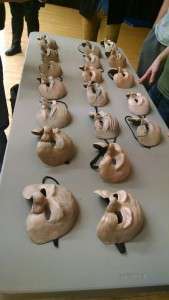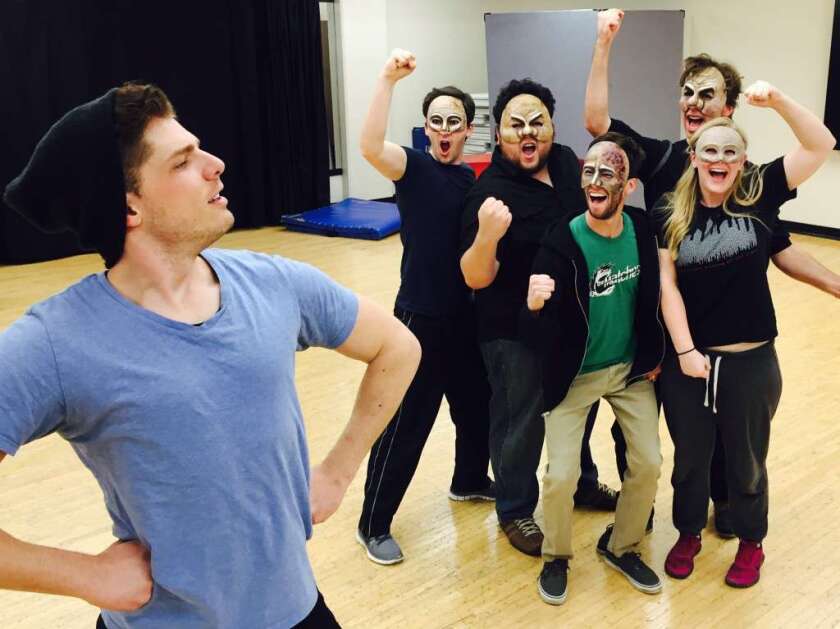
by Eric Stroud, dramaturg
RECAP: In my last post, I talked about what the definition of Brechtian Theatre actually is. We discussed that it is an altered version of Epic Theatre. Brecht wanted his audience to “engage” with the theatre on a political level. For Brecht, “engaged” meant that his audience was able to think critically about what they were seeing. According to Brecht, a production succeeded when the audience felt “alienated” from the performance. Brecht called his alienation process Verfremdungseffekt (in America we often refer to it as the V-Effect). Brecht used the V-Effect to jolt the audience from becoming too emotionally involved the production.
I made the statement that the usage of Brechtian was often incorrect because it was being used as a blanket statement for any non-traditional theatre rather than a reference to Brecht’s specific approach to theatre. However, the usage is also often wrong because a lot of what Brecht did with theatre in his day has become common place in modern theatre.
While you will see some Brechtian V-Effect techniques in this production, many have become less effective on a modern audience. Today, tactics like placards and spass are more common and less alienating. However, Director David Morgan wants his audience to experience that same sense of alienation during his production of Mother Courage, with the hopes that they will be able to think critically about it. Morgan has chosen to approach his alienation through the usage of character mask.

What is character mask? Character mask is inspired by the 16th century Italian art form of commedia dell’arte. While in commedia there were only masks for characters within two subgroups (servants and masters), in character mask, the number has been extended infinitely. In fact, a character mask can represent anyone. Each character mask is unique to the individual it represents. Actors will hold the mask by their side, but when they put the mask on, they become the character to whom the mask belongs.
Why use character masks? Character masks remind you that you are watching a performance, not real life. Additionally, the masks add to the sadistic elements of human nature that we find in Brecht’s Mother Courage. If you see the show, you will notice that while the actor wears the mask, they take on a persona that is commonplace in the play’s brutal war-time setting. However, when the mask is taken off, they simply become an actor again, reverting back to their normal and natural characteristics.
This contrast between masked character and unmasked actor is so important to Morgan’s accomplishing of

Brecht’s Verfremdungseffekt. As you watch the show, pay close attention to how it makes you feel when the actors use masks to jump in and out of character throughout the performance. Here are some questions to ask yourself once you have seen the show:
Did it change your emotional connection to the characters?
How did it affect the way you listened to what each character was saying?
How did it affect the way you saw what each character was doing physically?
All of these questions are important. They will not only help you to reflect upon your experience with Mother Courage on a deeper level, but they will help you gauge whether or not Director David Morgan was successful at accomplishing an alienation of you as an audience member.
In my next blog post, I will discuss another Brechtian tactic that Morgan plans to use in Mother Courage, to accomplish Brecht’s Verfremdungseffekt. See you next week.


